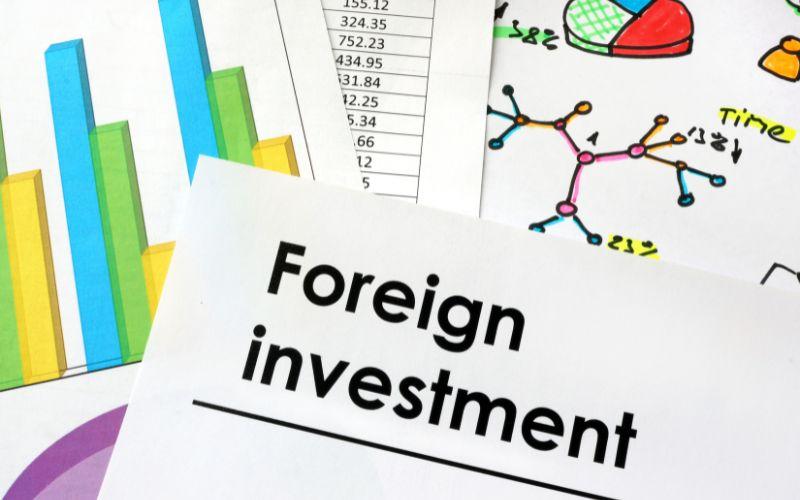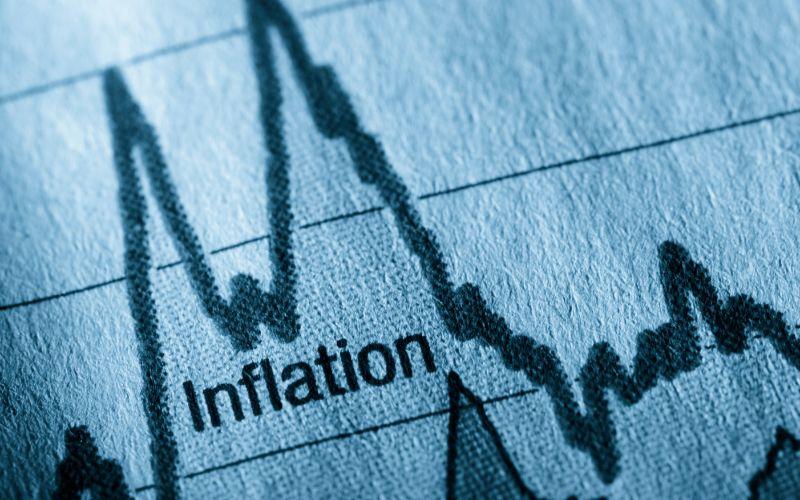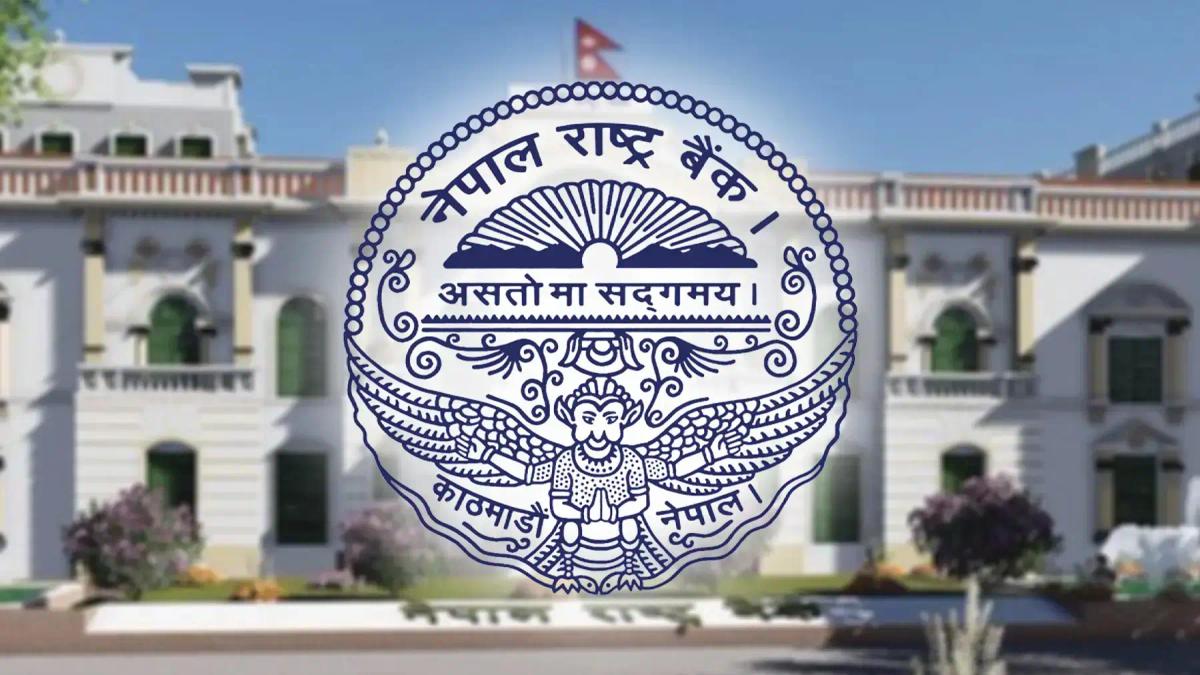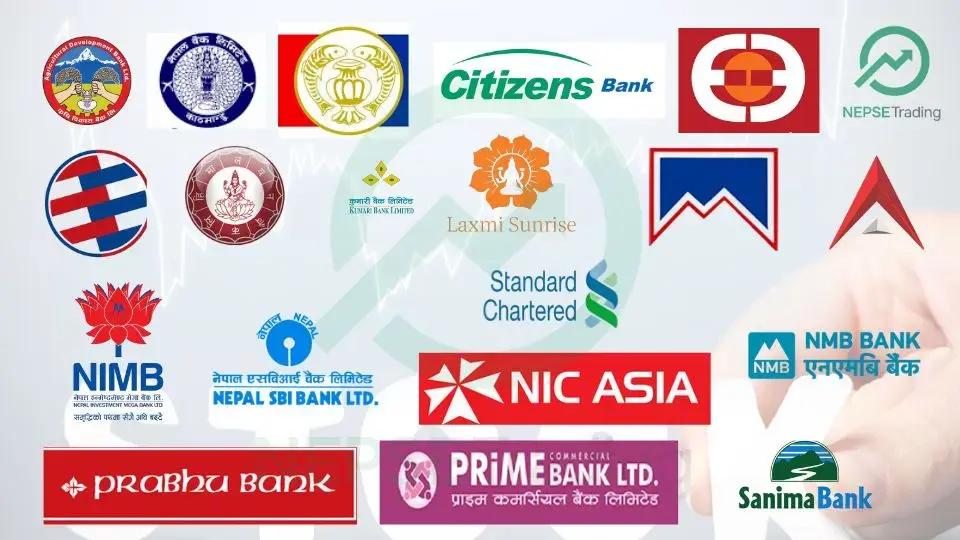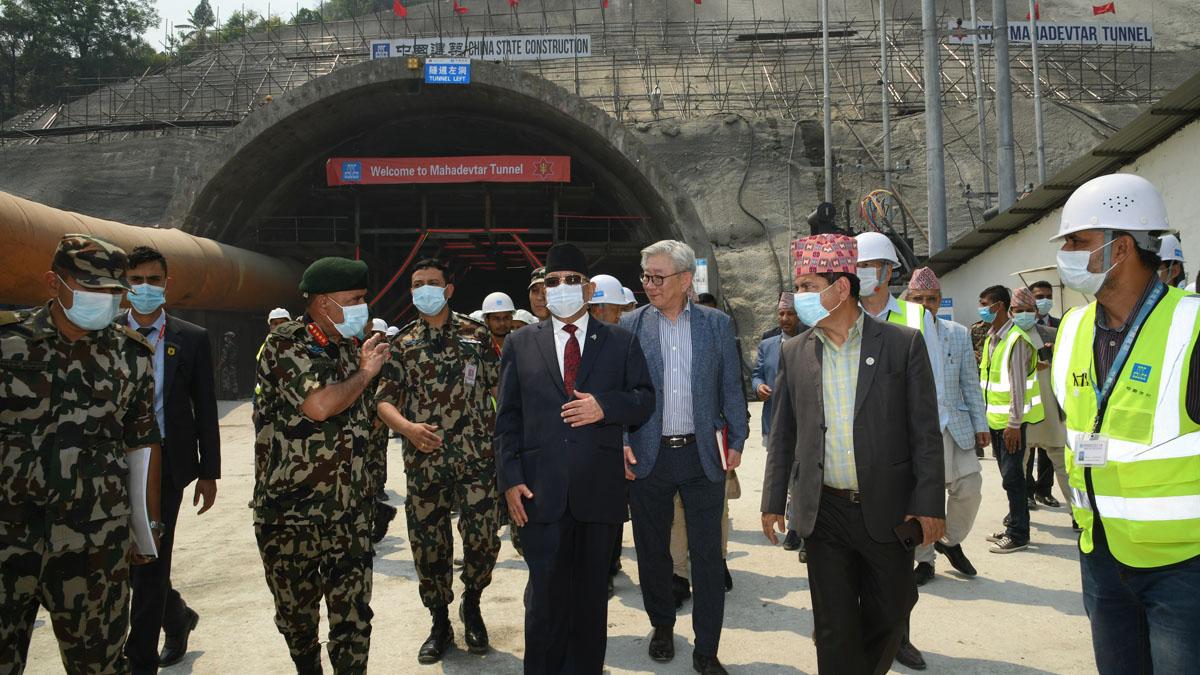By Dipesh Ghimire
Foreign Investment in Nepal Soars: Over NPR 36 Billion Committed in First Four Months of the Fiscal Year
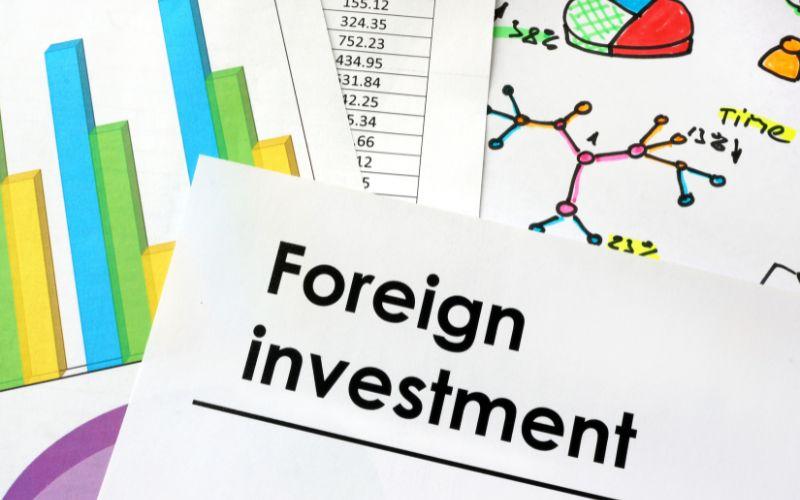
Foreign direct investment (FDI) in Nepal has shown significant growth in the first four months of the fiscal year 2025/26, with a total of NPR 36.61 billion (approximately USD 276 million) committed across 380 industries. This is a promising indicator of increased investor confidence in Nepal's economy. According to the Ministry of Industry’s latest report on foreign investment, spanning the months from Shrawan to Kartik (July to October), foreign investors have shown growing interest in a variety of sectors, contributing to the country’s economic development.
A Detailed Breakdown of the Investment Commitment
The report provides a breakdown of how foreign investment has been channeled into the economy via two primary routes: the automatic and approved routes. These are the two mechanisms through which foreign investments are processed in Nepal.
Automatic Route: Under this route, 249 industries have received NPR 2.29 billion in investment commitments. The automatic route allows foreign investors to invest without prior approval from the government, making it an attractive option for industries with clear investment frameworks.
Approved Route: In contrast, the approved route, which requires governmental scrutiny and approval, saw a much larger influx of foreign capital. A total of 131 industries under this route received NPR 34.31 billion in commitments. This indicates that a larger share of foreign capital is flowing into industries that may require more regulatory oversight or are viewed as having higher risk or greater long-term potential.
Kartik (October) Sees Strong Investment Activity
October (Kartik) marked a high point in investment commitments, with notable investments coming through both routes. Foreign investments amounted to NPR 43.29 million for 52 industries via the automatic route, while the approved route accounted for NPR 1.04 billion for 17 industries. This surge in October investments suggests that foreign investors may be accelerating their plans ahead of the fiscal year’s end or are responding to favorable policy or market conditions.
Sectors Benefiting the Most
Foreign investments were not distributed equally across sectors. Some industries attracted significantly more capital due to their growth potential, investment-friendly environment, or alignment with global trends.
Information Technology (IT): The IT sector emerged as a strong performer, with 205 industries receiving commitments totaling NPR 87.43 million. The growing interest in Nepal’s IT industry aligns with global shifts toward outsourcing and digital transformation, where Nepal offers a cost-effective and well-educated workforce.
Agriculture: The agricultural sector, traditionally a cornerstone of Nepal’s economy, saw the highest volume of foreign investment in terms of committed capital, with 13 agricultural industries receiving a total of NPR 2.11 billion. This suggests that foreign investors are increasingly recognizing the value in Nepal's agricultural potential, possibly driven by rising demand for organic and sustainably sourced products.
Manufacturing, Tourism, and Services: Other sectors such as manufacturing, tourism, and services also saw a steady flow of foreign investment. Manufacturing industries secured NPR 1.65 billion in commitments, tourism industries received NPR 8.87 billion, and the services sector attracted NPR 3.09 billion. These sectors are crucial for Nepal’s diversification efforts, as they provide employment and contribute to export potential.
Small, Medium, and Large Industries: Distribution of Investment
The report also highlights the distribution of foreign investments across industries of different sizes. A total of 374 industries—ranging from small to large—benefited from foreign investments. Interestingly, smaller industries received a substantial portion of the investments, especially in October, when 69 small industries saw NPR 1.47 billion in foreign investment commitments. This suggests that foreign investors are not only interested in large-scale projects but are also confident in the growth potential of smaller enterprises.
Dividend and Royalty Outflows: A Significant Increase
While foreign investments are pouring into Nepal, there has also been a marked increase in the outflow of dividends and royalties. From Shrawan to Kartik, foreign investors were granted approval to remit a total of NPR 2.90 billion (approximately USD 21 million) in dividends—an increase compared to the previous year when only NPR 670 million in dividends were approved. Additionally, foreign investors have been granted approval to remit NPR 1.08 billion in royalties, which includes USD 16.2 million and INR 7.61 million.
This uptick in dividend and royalty remittances reflects the profitability of foreign investments in Nepal, indicating that investors are not only contributing capital but also benefiting from the returns on their investments.
Interpretation: What This Means for Nepal's Economy
The surge in foreign investment, particularly in key sectors like agriculture and IT, reflects positive global sentiment towards Nepal's economic stability and growth potential. For a country like Nepal, which relies heavily on foreign investments to boost its industrial and infrastructural development, these figures are a strong indication of an increasingly attractive investment climate.
The significant capital inflows to agriculture are especially noteworthy, as they could be a signal of a shift toward modern, technology-driven farming practices. This is essential for Nepal to address both its domestic food security needs and its potential to become a competitive exporter in the global agricultural market.
The IT sector’s growth is another encouraging sign, suggesting that Nepal could soon be a hub for outsourcing and tech innovation, benefiting from both regional demand and the global shift toward remote work and digital services.
However, the rise in dividend and royalty outflows should also be monitored closely. While it indicates that foreign investors are benefiting from their investments, it also shows that a portion of the profits is leaving the country. The government may need to ensure that these outflows do not outpace the inflows, which could have implications for the overall balance of payments.
In conclusion, the data reflects a growing trust in Nepal’s economic trajectory. With increased investments across sectors such as agriculture, IT, manufacturing, and services, Nepal is positioning itself as an attractive destination for foreign capital. However, as foreign investments grow, it will be critical for Nepal to balance these inflows with strategic economic policies that ensure sustainable growth, reinvestment in key sectors, and the long-term stability of the country’s economy.
